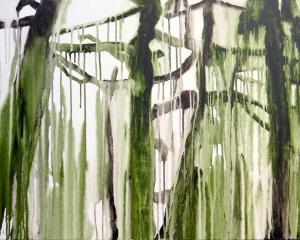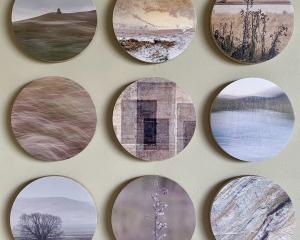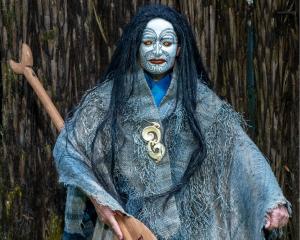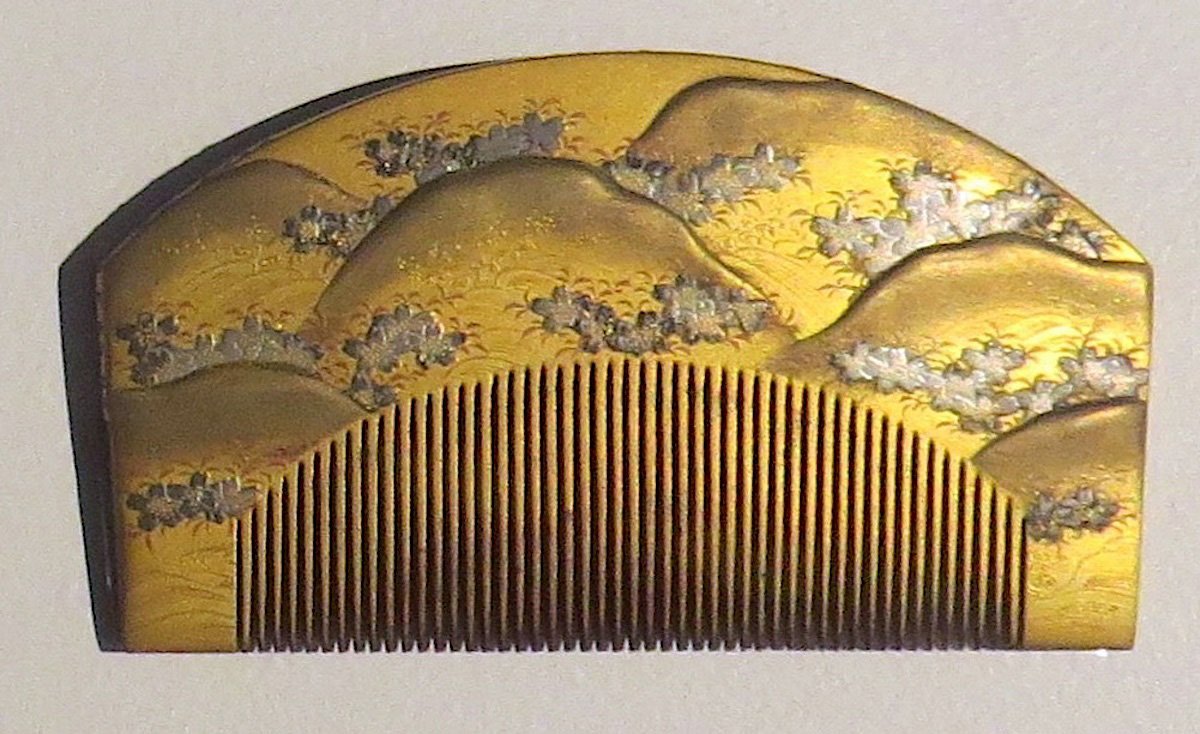
(Tūhura Otago Museum)
This year marks the 150th anniversary of the opening of the first Hallensteins’ factory in Otago. The Hallensteins and their extended family were to become the province’s most prominent donors of treasured artefacts to the city, with their names heavily associated with Dunedin’s cultural history and collections.
To commemorate this anniversary, the city’s museums and libraries are hosting exhibitions displaying work bequeathed by the family. This includes the Tūhura Otago Museum’s display of work from the Agnes Hallenstein Barden collection, including several notable items of ancient Greek and Japanese origin. These pieces, displayed in a setting deliberately reflecting an Edwardian home in which they would have been displayed to family and friends, are accompanied by family photographs and postcard correspondence between Agnes and her family in England and New Zealand.
The display is separated into halves, with Greek pieces occupying one space and the remaining, predominantly Japanese, works in a second. Notable among the Greek pieces are several small heads, likely originally from full-length statuettes, an excellently preserved oinichoe (wine jug), and a lavishly decorated bronze mirror. The Japanese works include numerous fascinating small pieces, ranging from sword hand-guards to delicately and intricately decorated combs.
As always with the museum, the works are nicely presented with plentiful information, much of it on interactive displays.
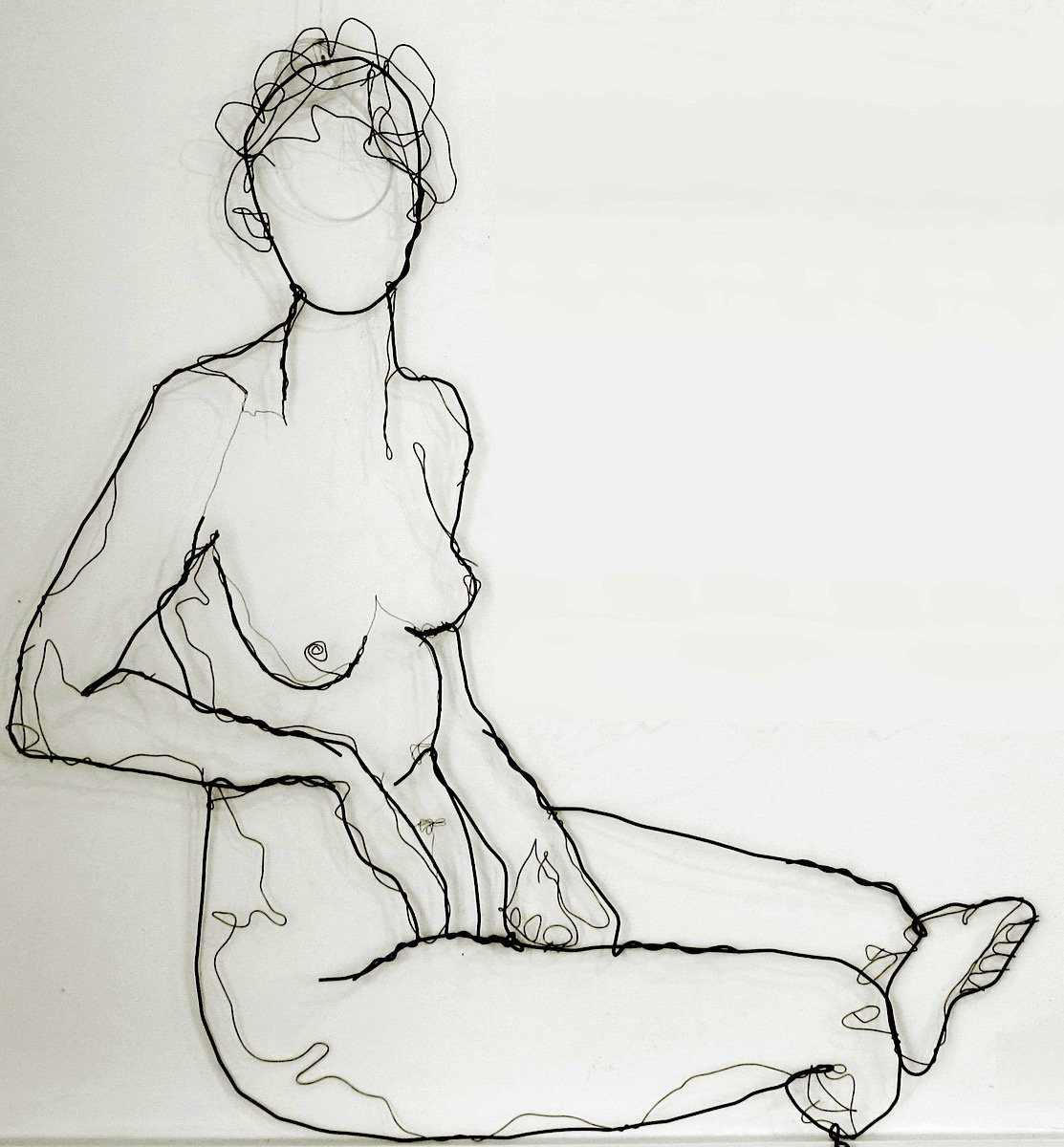
(The Artist’s Room)
The Artist’s Room is holding a joint exhibition featuring work by Stephen Howard and Debbie Neill.
Stephen Howard’s art takes the form of a series of oil paintings, predominantly landscapes. These works, whether of specific locations (Fiordland is a favourite subject of the artist’s) or more generic closely packed arrangements of trees, glow with a strong inner light. This is particularly the case with a strong image of the Routeburn, Cloud Dance. One work of Howard’s is not specifically a landscape, this being a powerful untitled abstract piece in which hot reds and oranges melt into a misty darkness.
These works form a counterpoint to Debbie Neill’s intriguing nudes and flowers. These works are sculptural, but retain a two-dimensional feel thanks to their medium — strands of twisted wire. The human form is neatly delineated in pieces which have something of the feel of jewellery cameos, but magnified to near life size. There is a deliberate sketchiness, further suggesting the lines of a life-drawing study, but made solid by the wire used in their construction. Alongside these pieces sit similarly formed flowers, albeit in these pieces the forms are wilder, the flowers appearing as calculated jumbles of lines. The effect of both the nudes and the flowers is startling, but impressive.
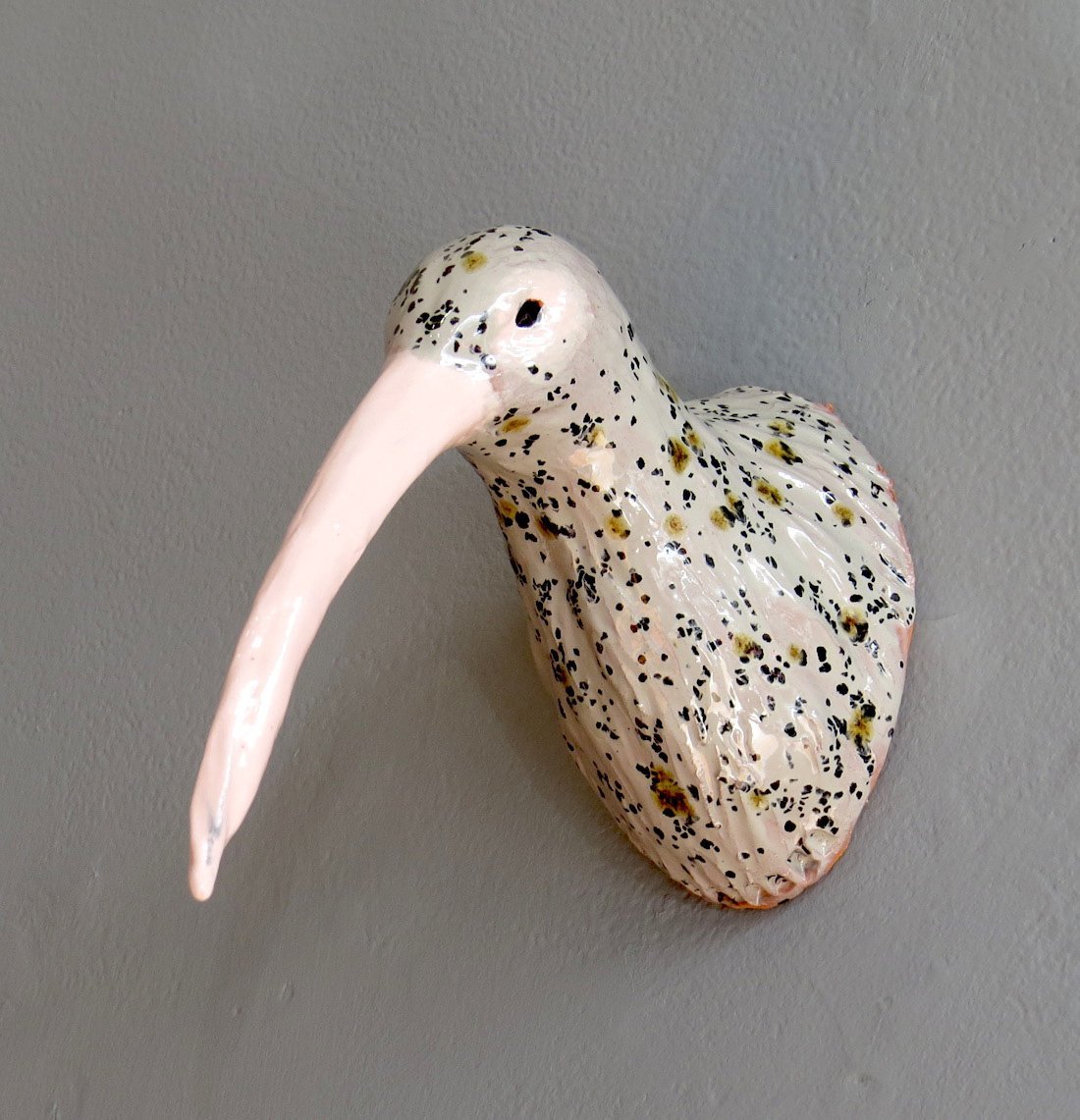
(Olga Gallery)
The Rayner Brothers Circus is back in town — at Olga — this time with additional work by Beau Cotton.
The Rayners are noted for their quirky painted ceramics, which have now featured at several Olga exhibitions. High art and low art are mixed in the creation and presentation of small figurines and tableaux which straddle the borderline between charming and kitsch. This is not a fault of the artists, but rather a deliberate ploy, the duo’s gleefully outsiderish statuettes following a style pioneered locally by artists such as Jim Cooper and Ewan McDougall. While the Rayners are yet to quite achieve those heights, there is a similar joyous idiot fun to their figures.
The works sit excellently alongside the found object necklaces of Beau Cotton. Working from discarded materials embellished with more usual jewellery accoutrements, Cotton has created works which, like the Rayners’ pieces, are simultaneously sturdily serious and wryly tongue in cheek. While some of the items may be a little cumbersome to be readily used for their designed purpose (wearing repurposed car snow chains as a necklace might become a burden quite quickly) there’s no doubting that many of these pieces are attractive enough to make fine wall hangings, and all could potentially be used for their stated purpose.
By James Dignan






